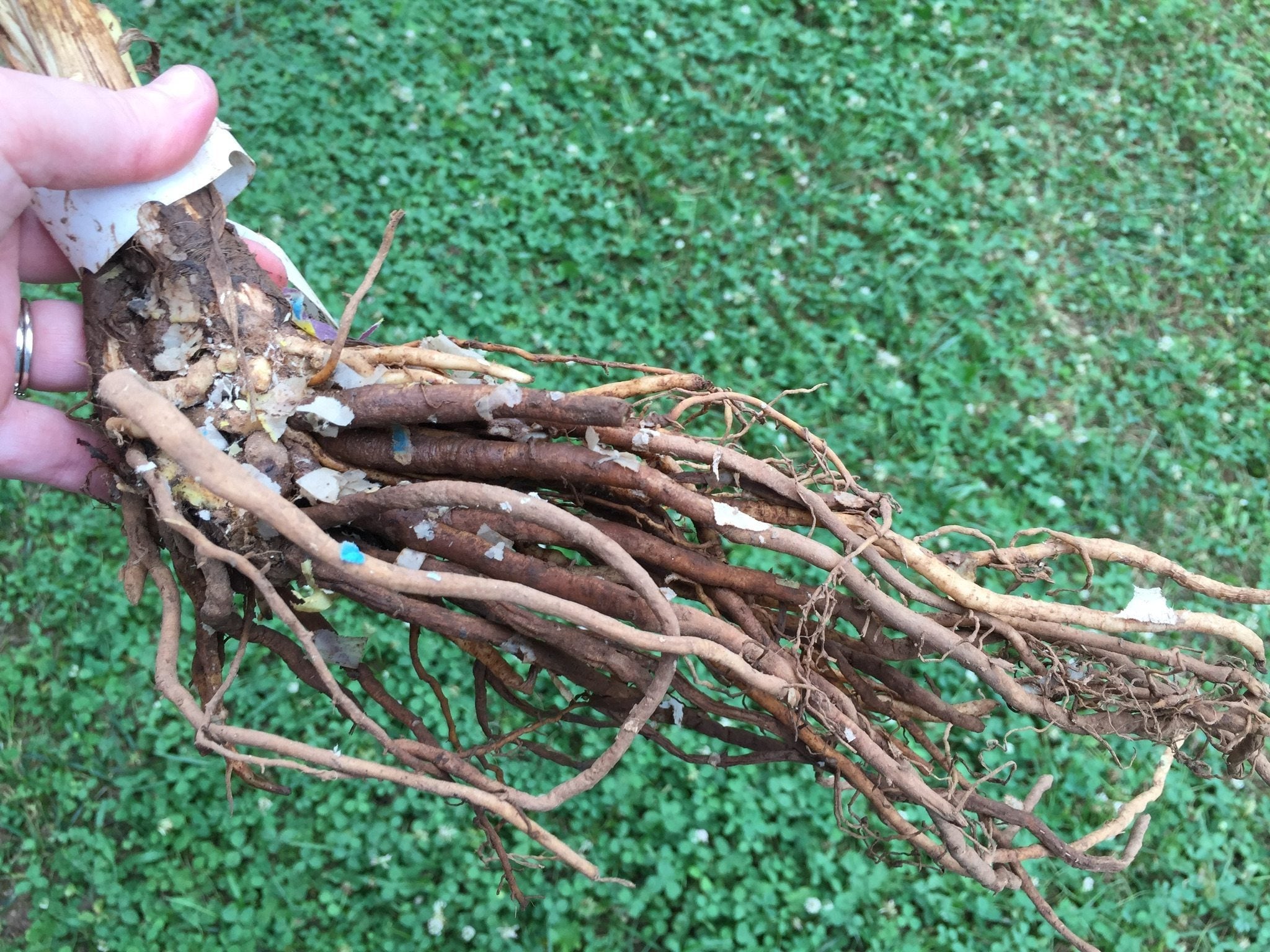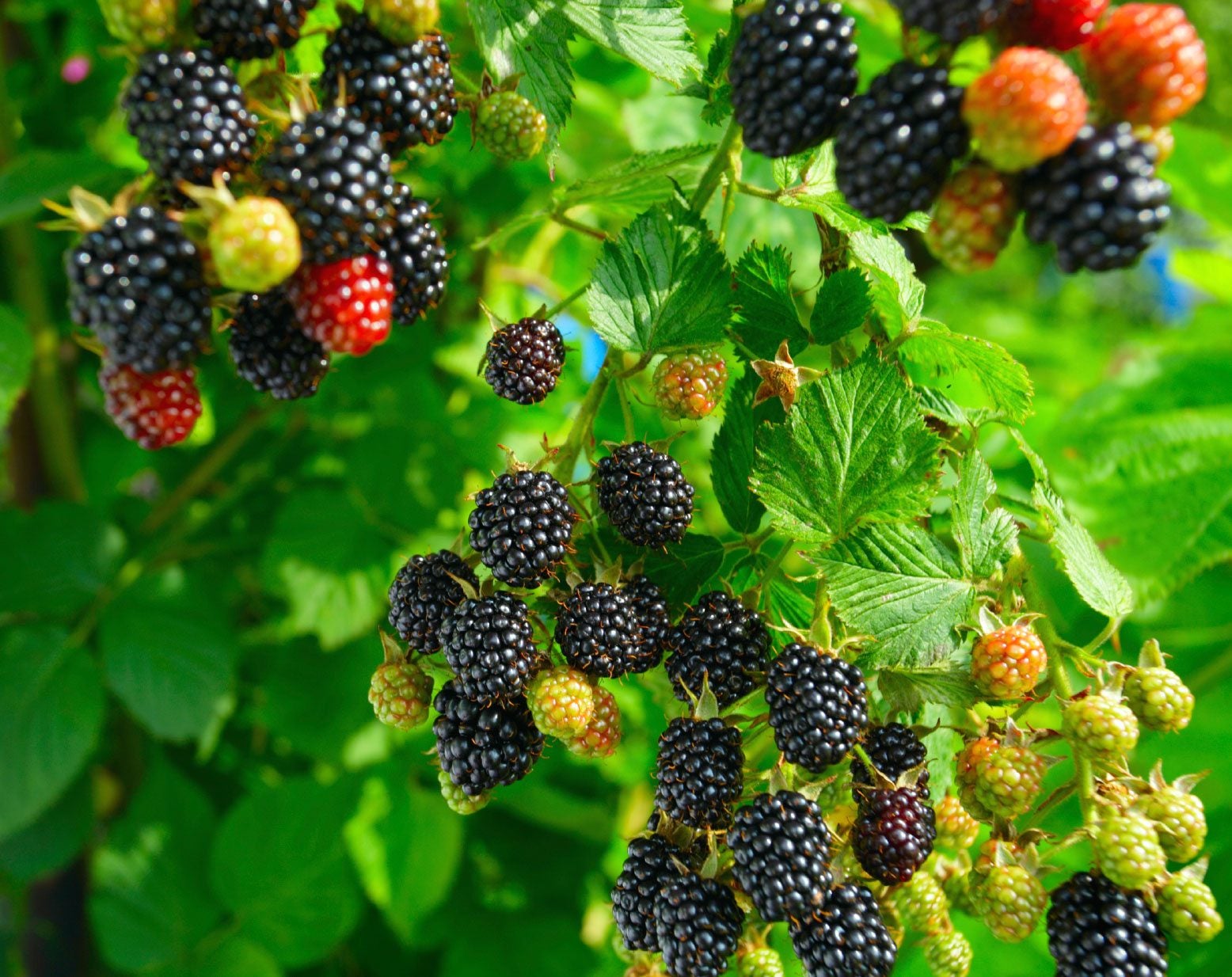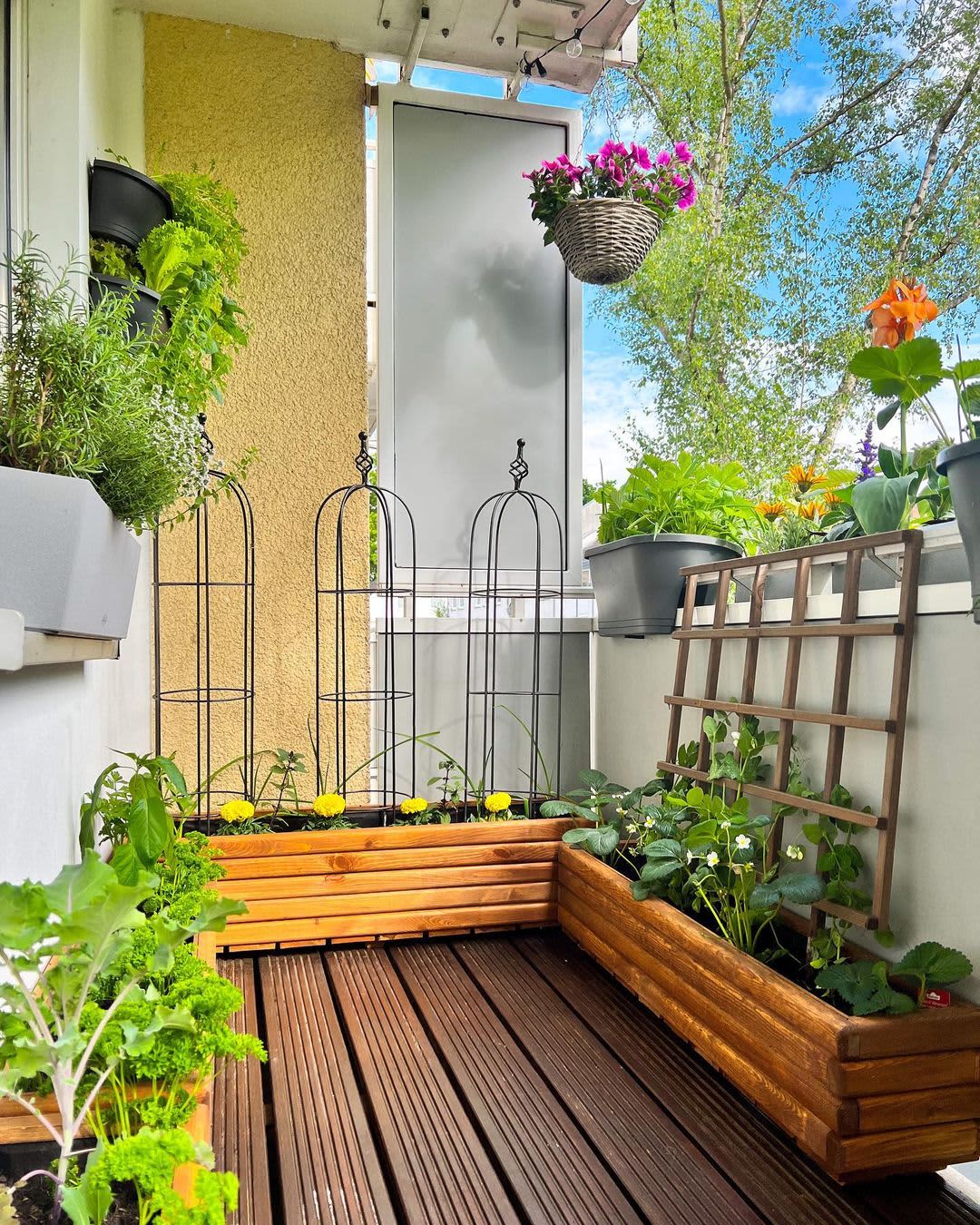Are Fuchsia Plants Poisonous? A Data-Driven Safety Analysis for Gardeners
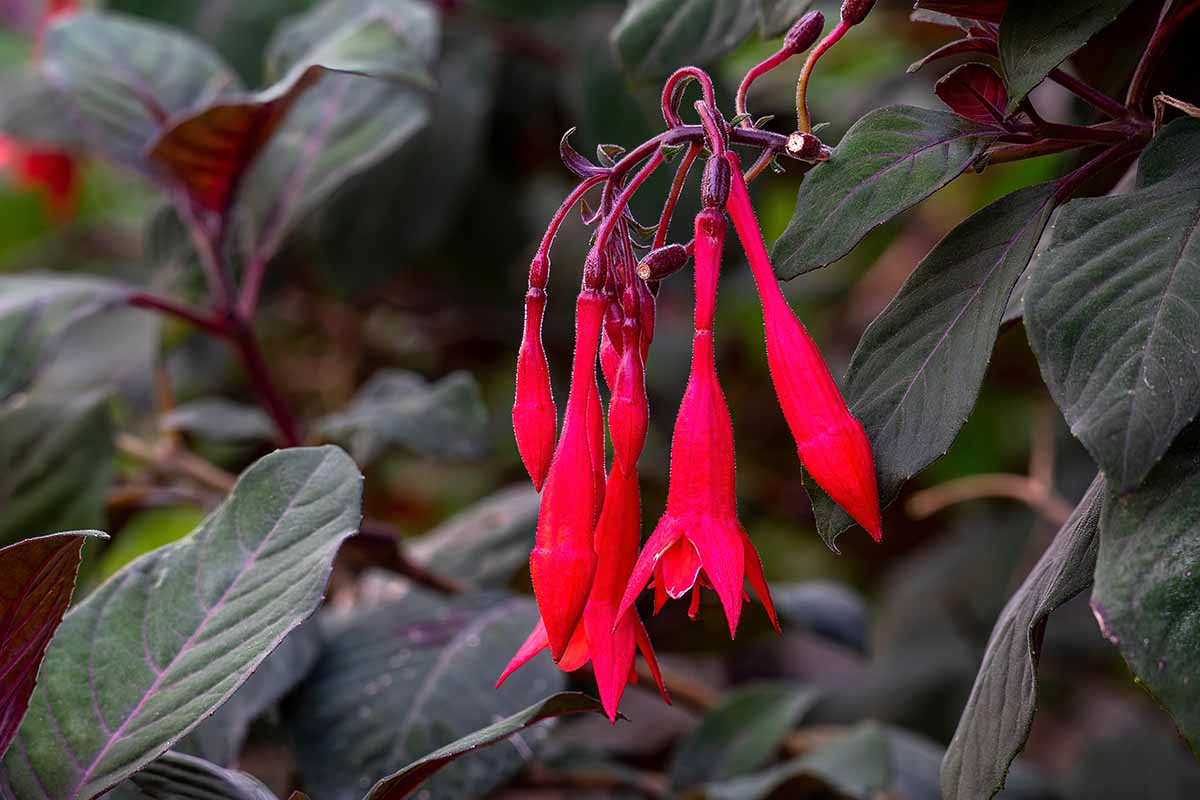
No plant is “safe.” Yup, you read that right. Here’s my hot take, fueled by more than a decade of untangling pets from garden beds and rescuing chomped blooms from toddlers: the mainstream obsession with “is this plant poisonous?” actually misses the more slippery truth about living with greenery.

Everybody’s quick to say, “Don’t worry—fuchsias aren’t toxic!” But let’s unpack that classic reassurance for a minute. What most guides forget is that safety isn’t binary; any plant can cause problems under the right (or wrong) circumstances—even those with a squeaky-clean reputation like fuchsia. The notion of “completely safe” plants gives us all a little too much comfort.
A Dangerous Illusion: The Myth of the Risk-Free Plant
You wouldn’t believe how many times I’ve watched pet owners or parents plop fuchsias onto the floor, convinced they’re immune to chaos: “It’s non-toxic! What could go wrong?” Fast forward to 2019 in my own kitchen—I caught my retriever gnawing not on the flowers themselves, but on the soil caked around them. Cue frantic Googling and an unexpected vet bill (for fertilizer ingestion, not fuchsia!).
The real world doesn’t follow tidy garden labels. Sometimes it’s the fertilizer, the mulch, or even allergies kicking up mischief—not just outright plant poisons.

Fuchsias: Marvelous but Not Magical Shields
Don’t get me wrong—I adore fuchsias. Who wouldn’t want those velvet-draped blooms pirouetting in a summer breeze? And yes, their berries are edible (though honestly? I tried making jam once in July and it tasted like sour socks with a hint of grass). The key detail? That edibility doesn’t guarantee zero mishaps.
- GI upset still happens: Picture your dog devouring half a hanging basket—any indigestible mass can cause trouble.
- Skin contact: While rare, I’ve seen one case (mine!) where pruning these beauties led to some itchy wrists—probably due to trace pollen or tiny leaf hairs.
- “Non-toxic” statements ignore additives: Potting soil brands like Miracle-Gro often sneak in slow-release chemicals; nobody checks what happens when Fluffy snacks on damp bark chips laced with ammonium phosphates.
Real-Life Misadventures Beat Simple Labels
Let me tell you about my neighbor Anna—the queen of “pet-safe gardening.” She loaded her porch with fuchsias and Boston ferns under the assumption her chewing-happy cat was completely protected. Three days later, Frisky had mild diarrhea and lethargy—not because of fuchsia toxins, but from gobbling mouthfuls of soggy moss and wire hangers (which Anna scented with lavender oil). Plant choice was never the real issue!
So while conventional wisdom trumpets lists of “safe” plants (ASPCA database included), my advice has evolved:
Expect surprises. Plan for mischief anyway.
- Keep ALL plants lifted out of high-traffic play zones—yes, even harmless ones.
- Assume anything new can trigger allergies or gut issues until proven otherwise.
- If you’re growing edible fruit (like those mythical fuchsia berries), do taste tests before going all-in; flavor varies wildly between cultivars.
- Treat fertilizers and additives as potential hazards every single time.
Embrace Imperfection—and Control What Matters
Fuchsia evangelists rarely mention failed first tries; most skip straight to flawless hanging baskets brimming with color. But back in 2017, I lost three baskets overnight when squirrels dug up roots looking for peanuts! Everyone obsesses over toxicity charts—but ignores pest-resistant planting techniques or secure potting methods that actually head off drama before it starts.
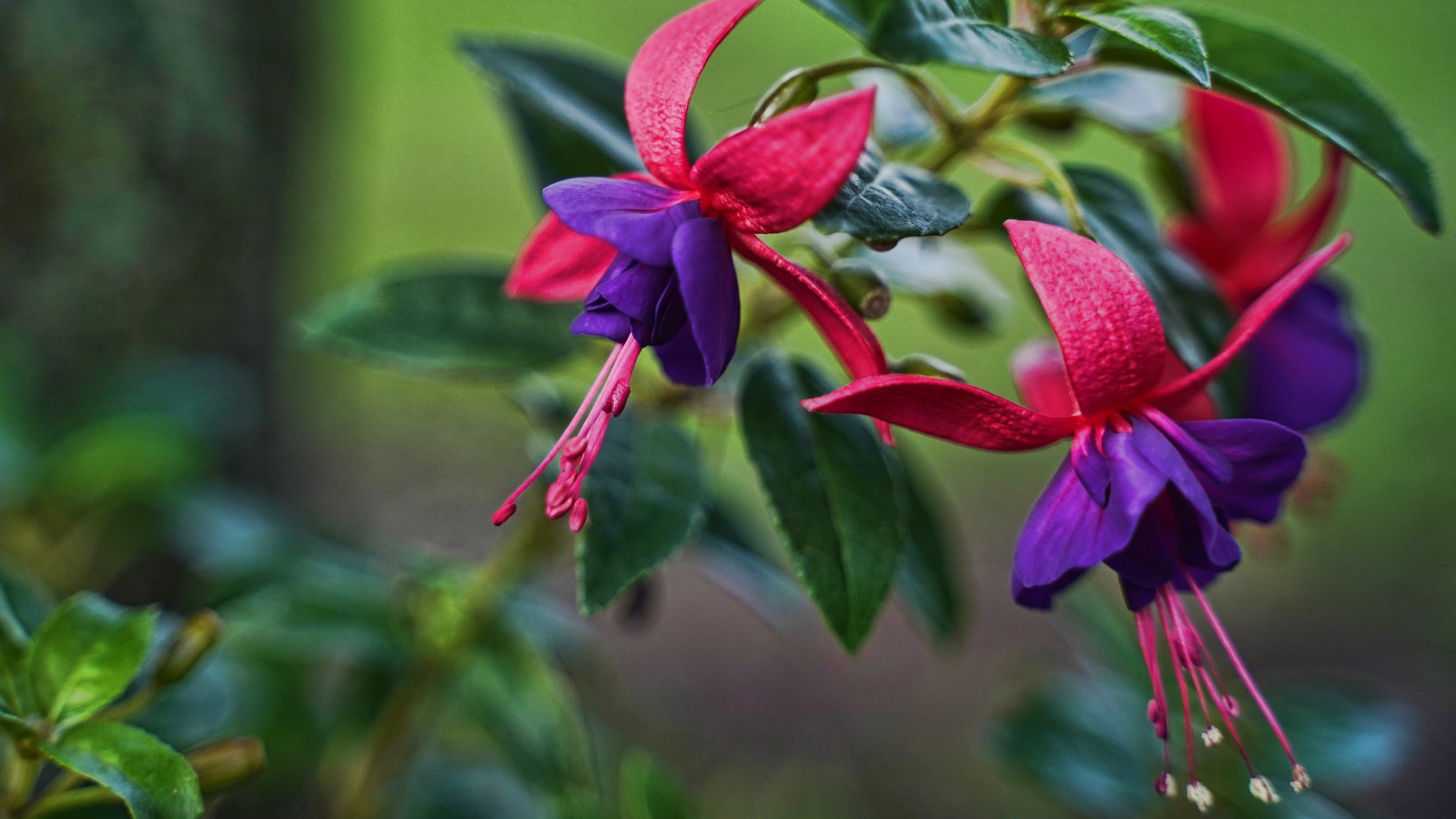
Want true peace-of-mind?
- Use organic soils/fertilizers without oddball chemical additives.
- Give even ‘safe’ plants physical boundaries if your kids/cats are natural nibblers.
- Keep first aid basics handy: hydrogen peroxide for cuts/scratches after outdoor play, and plenty of fresh water just in case someone decides to sample garden fare uninvited.
When You Should Actually Worry
The only time I’ll grab the phone for poison help? Unusual symptoms like seizures, labored breathing, or full-body hives—regardless of whether you’re dealing with supposedly benign plants or not. Everything else is mainly inconvenience (mild vomiting, minor rashes), likely handled at home after some grumbling.
So don’t let marketing hype lull you into thinking garden safety is box-check simple—or that there’s ever such thing as risk-free landscaping! The real trick is paying attention to your people and your environment daily—even when you’re certain you’ve done everything right.
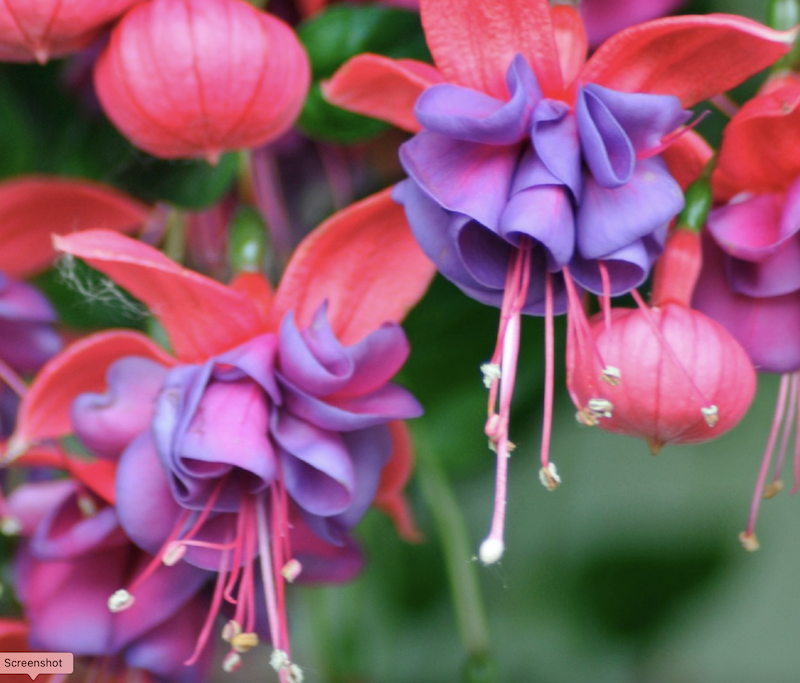
Life finds a way to keep us on our toes—that applies just as much among petunias and begonias as anywhere else. In short: Yes, pile your patio high with radiant fuchsias if their color makes your heart race…but keep your eyes open wider than what so-called expert lists suggest.
After all these seasons spent observing people (and creatures) interact with their favorite flowers, here’s what I know for sure: There are no perfect plants—only thoughtful gardeners who welcome both beauty and unpredictable moments into their green spaces. And honestly? That’s where all the best stories come from.
If you discover anything that DOES turn out to be 100% foolproof…do me a favor and send word my way! Until then: keep experimenting bravely—and treat every “non-toxic” promise as only one chapter in an epic gardening adventure worth having.

